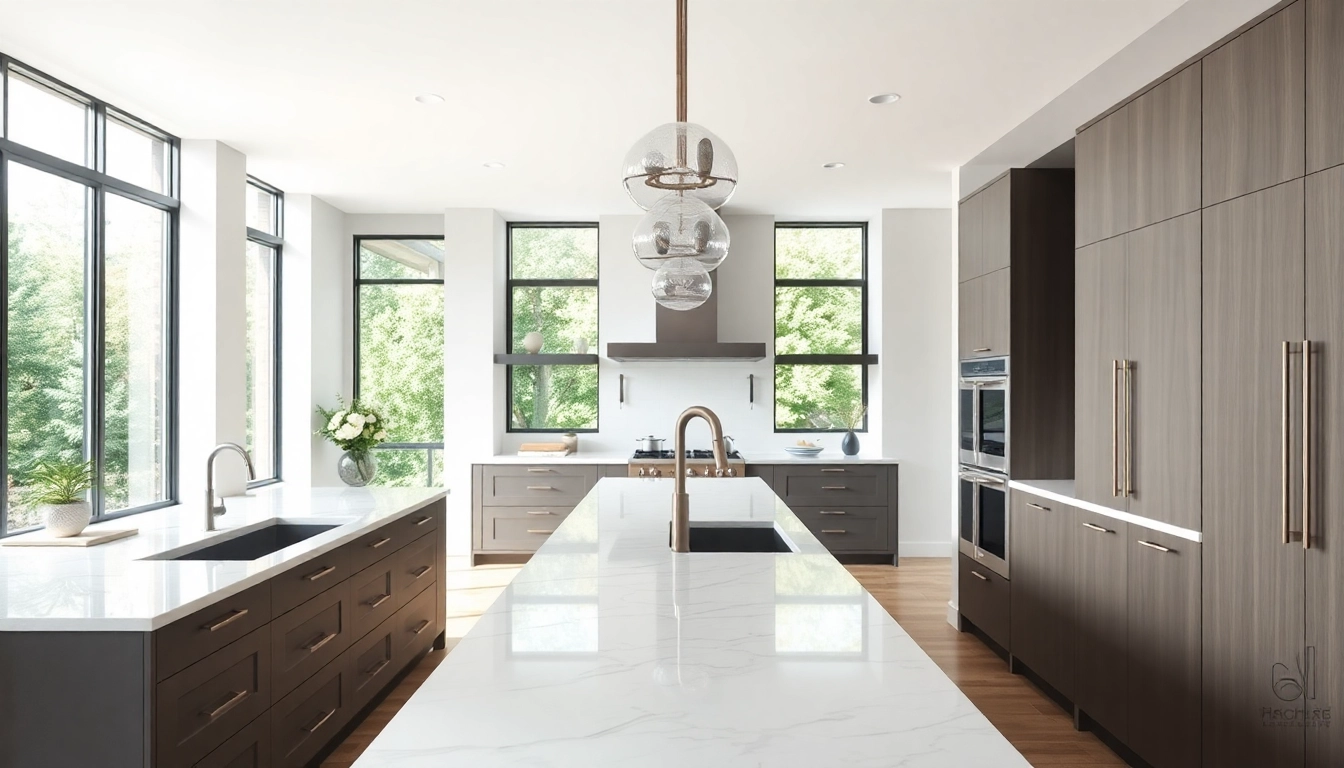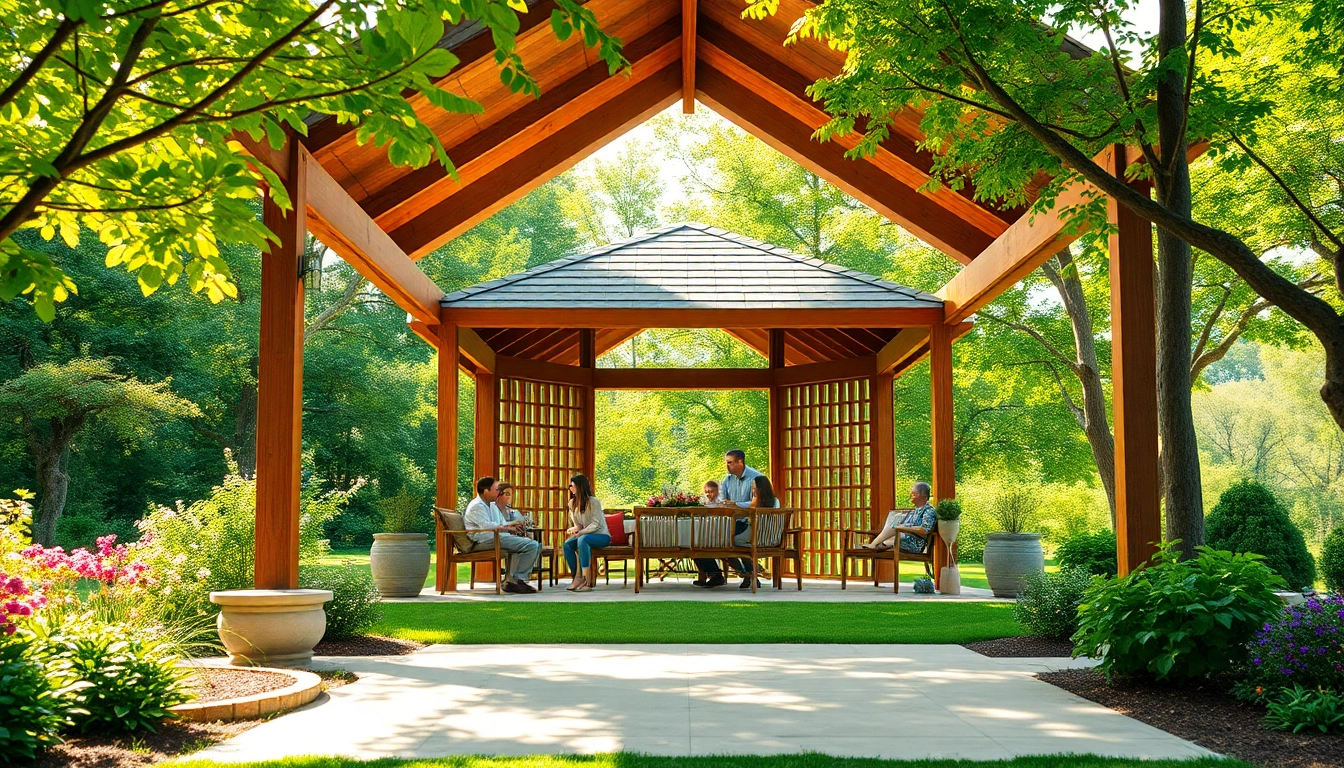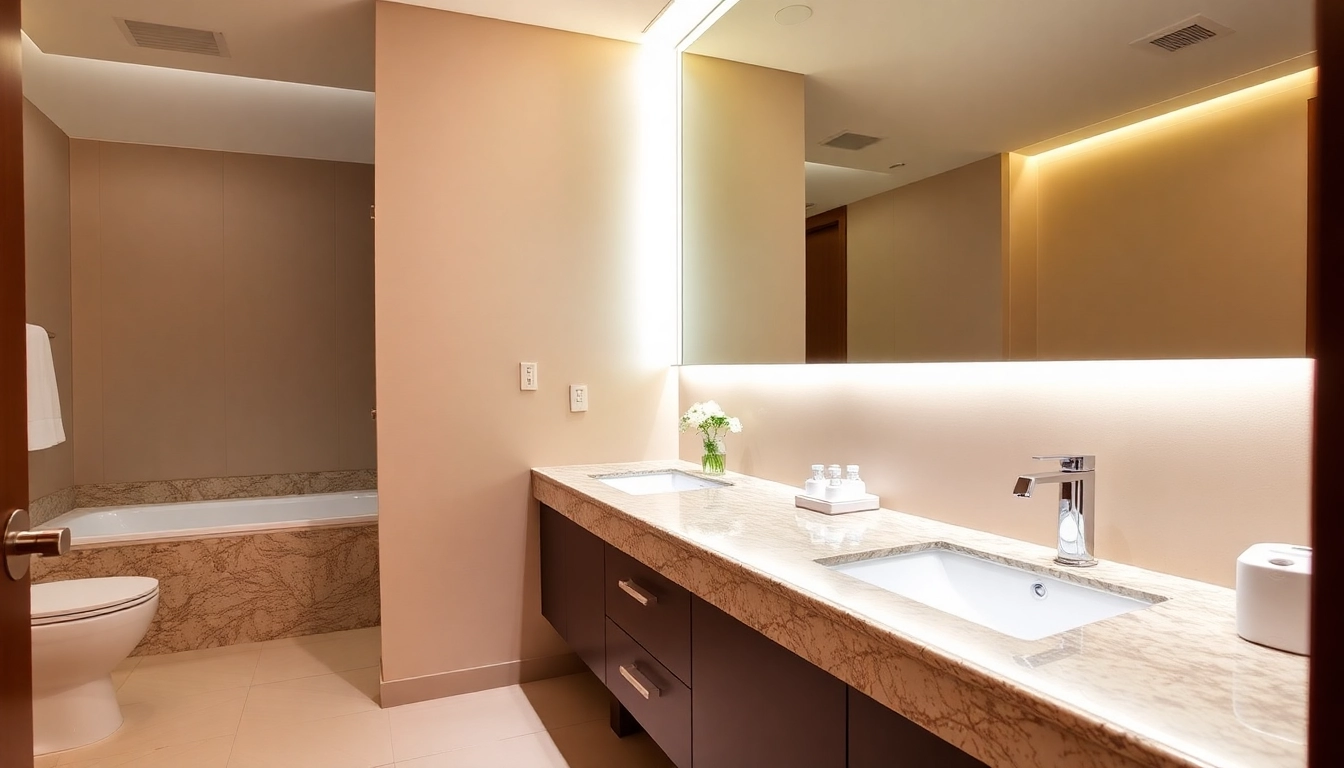Understanding Kitchen Remodels
What is a Kitchen Remodel?
A kitchen remodel is the process of renovating and upgrading the existing kitchen space in a home to enhance its functionality, aesthetic appeal, and overall value. This transformation can range from simple updates like painting cabinets and installing new countertops to significant changes involving structural alterations, updated layouts, and modern appliances. The intention is not just to make the kitchen beautiful but also to improve efficiency and accommodate the homeowner’s lifestyle.
Why Consider Remodeling Your Kitchen?
There are several reasons why homeowners might consider a kitchen remodel. One of the primary motivations is to increase a property’s value. According to various real estate reports, an updated kitchen can yield a substantial return on investment, making it one of the most valuable home improvements. Moreover, a remodel can enhance the functionality of the space, making it more accommodating for both everyday cooking and entertaining guests. Also, an outdated kitchen can often lack modern conveniences and energy-efficient appliances, leading many to seek upgrades to save costs in the long run.
Key Elements in Kitchen Remodels
Successful kitchen remodels incorporate several key elements including layout optimization, appliance upgrades, aesthetic enhancements, and smart storage solutions. Additionally, integrating energy-efficient fixtures and promoting good workflow between cooking, prepping, and cleaning areas are essential considerations in any remodel project.
Planning Your Kitchen Remodel
Setting a Realistic Budget for Kitchen Remodels
Financial planning is crucial for any kitchen remodeling project. Average remodeling costs can vary significantly based on location, scope, and quality of materials. According to industry estimates, a medium-sized kitchen remodel can range from $32,574 to $77,939, depending on the specifics of the project. Creating a budget involves not only considering the construction costs but also appliance purchases, materials, labor, and potential contingency funds for unexpected expenses. Homeowners should also visualize what features are essential versus nice-to-have, creating a priority list to guide spending.
Choosing the Right Layout and Design
The kitchen layout should facilitate efficient workflow while optimizing available space. Popular layouts include U-shape, L-shape, galley, and open concept designs. Each layout supports different cooking and entertaining styles. For instance, an open concept layout can create a seamless connection between kitchen and living areas, ideal for social gatherings. Integrating modern design principles also involves selecting styles that suit the homeowner’s aesthetic preferences, ranging from minimalist Scandinavian styles to rustic farmhouse looks.
Essential Features to Include in Your Remodel
As part of planning, consider incorporating essential features that enhance functionality in kitchen remodels. These may include:
- Storage Solutions: Installing cabinets that utilize vertical space or adding island cabinets can greatly improve storage capacity.
- Appliance Choices: Selecting modern, energy-efficient appliances can significantly decrease utility bills.
- Counter Space: Expanding counter space is vital for food preparation and cooking, which can be achieved through island additions or extended countertops.
- Lighting Fixtures: Good lighting is essential for both functionality and ambiance. Consider layered lighting with ambient, task, and accent lights.
Stylish Kitchen Remodel Ideas
Trendy Color Schemes and Finishes
Color schemes can dramatically change the feel of a kitchen. Trending choices for contemporary kitchens often include a combination of neutral tones with bold accents—think soft whites and greys paired with navy or gold. Finishes such as matte textures for cabinets are gaining popularity over glossy ones, providing a more understated elegance. Additionally, the use of natural materials such as wood or stone can create a warm and inviting atmosphere.
Innovative Storage Solutions
Storage innovation plays a crucial role in maximizing kitchen space. Incorporating pull-out shelving, lazy Susans, and deep drawers can enhance accessibility to kitchen items. Under-cabinet storage, such as racks for spices or kitchen tools, helps keep surfaces clutter-free. Moreover, integrating custom cabinetry with built-in appliances ensures that everything has a place, enabling a streamlined kitchen experience.
Appliances that Enhance Functionality
Upgrading to smart appliances directly impacts kitchen efficiency. These include refrigerators with touch screens that allow you to manage grocery lists or ovens that can be controlled via smartphone apps. Induction cooktops and wall ovens can save space while providing quicker cooking times, all adding up to smarter kitchen functionalities. The selection of appliances should cater to the specific needs and cooking habits of the household.
Common Challenges in Kitchen Remodels
Overcoming Design Limitations
Every kitchen presents its unique set of design limitations, whether they involve small spaces or existing structural constraints. Homeowners can often overcome these by consulting with a design professional who can suggest creative solutions, such as reconfiguring the layout or selecting space-saving furniture. Incorporating open shelving instead of traditional cabinets can give the illusion of more space while being functional.
Managing Timeline and Resources
Time management is essential during a kitchen remodel. Delays can occur due to material availability or contractor schedules, so homeowners should build flexibility into their timelines. Establishing a well-defined project timeline with contractors and suppliers and planning for unexpected delays can mitigate stress. Additionally, regular communication can help keep everything on track and ensure that the project aligns with initial goals.
Finding the Right Contractors for Your Kitchen Remodels
The choice of contractors significantly impacts the quality and smoothness of the remodel. Homeowners should thoroughly vet contractors by checking references, viewing past work, and ensuring that they are licensed and insured. Gathering multiple estimates can also ensure fair pricing, but it’s advisable to consider not only cost but also expertise and reliability. A trustworthy contractor should also be transparent about potential challenges and provide guidance throughout the remodeling process.
Measuring the Success of Your Remodel
Evaluating the Impact on Home Value
After completing a kitchen remodel, it’s essential to evaluate the project’s impact on home value. Homeowners can consult real estate professionals for appraisals or benefit assessments. Understanding current market trends can also provide insight into how the remodel enhances the kitchen’s appeal to potential buyers. Evidence from various studies indicates that kitchens that are updated with modern features can yield returns of 60-80% on the investment.
Gathering Feedback from Family and Friends
After your kitchen remodel has been completed, gathering feedback from family and friends can help ensure the space meets the intended goals. Hosting gatherings provides a practical setting to collect opinions on both functionality and aesthetic appeal. Additionally, constructive feedback can highlight strengths and areas for potential improvement in future projects.
Best Practices for Future Kitchen Projects
For homeowners looking into future kitchen projects, several best practices can help ensure continued success. Prioritize functionality alongside aesthetics, remain updated on trends to keep your space appealing over time, and maintain a flexible mindset regarding design adjustments. Moreover, ensuring that any future remodel considers evolving family needs can help the space remain accommodating long-term. A good approach is to document lessons learned from previous projects to streamline future renovations.



